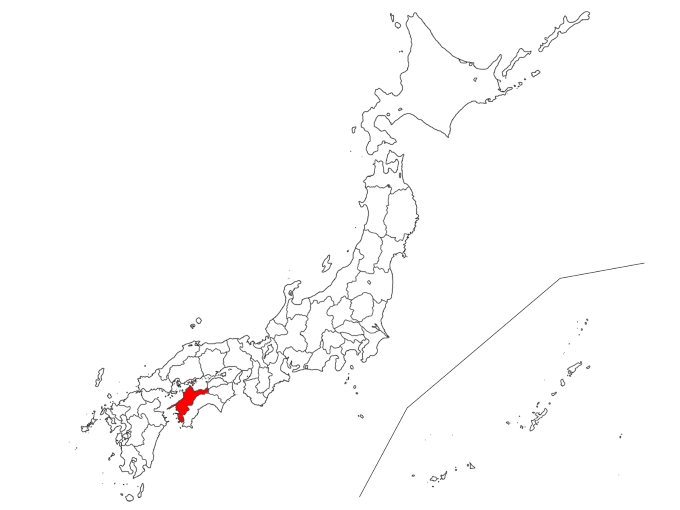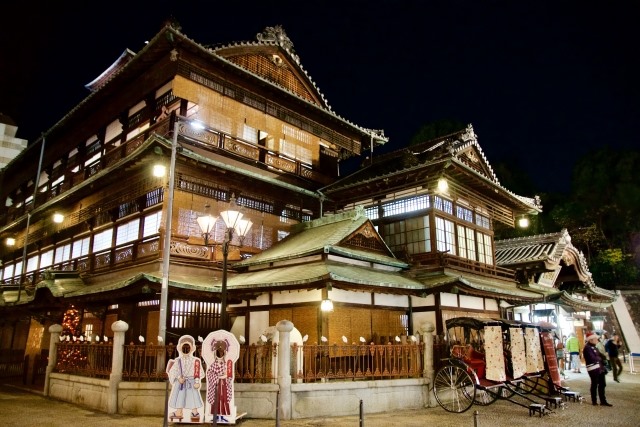Contents
1.Basic Information
Ehime Prefecture is known for Dogo Onsen, one of the oldest hot springs in Japan with a history dating back to the Jomon period. The Dogo Onsen main building, featured in Natsume Soseki’s novel “Botchan,” is a significant Meiji-era structure. Built in 1894, this wooden three-story building has a clock tower that chimes three times a day.
Matsuyama Castle (Matuyamajyo)
Built by Kato Yoshiaki, who played a significant role in the Battle of Sekigahara, Matsuyama Castle began construction in 1602 and was completed about 25 years later. Located at the peak of Mt. Katsuyama, 132 meters above sea level in the center of Matsuyama city, the castle grounds house 21 important cultural properties and offer a panoramic view of Matsuyama and the Seto Inland Sea. The castle can be accessed by four climbing paths, a ropeway, and a lift, hosting various events that offer new experiences with each visit.
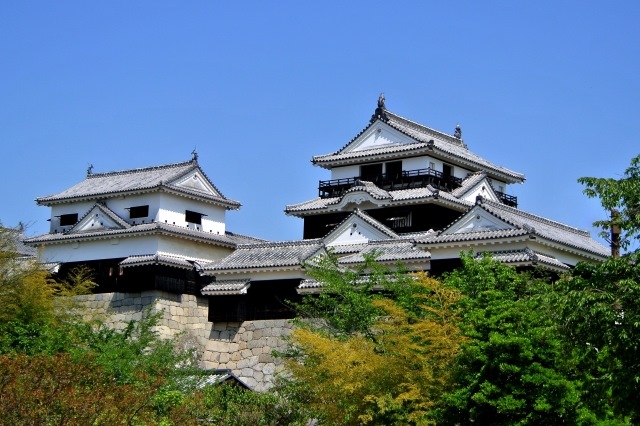
Dogo Onsen
Dogo Onsen, along with Arima Onsen and Shirahama Onsen, is one of the oldest hot springs in Japan, with a history dating back to the Jomon period. It is known for being visited by many famous figures, including Prince Shotoku and Masaoka Shiki. The Dogo Onsen Main Building, which appears in Natsume Soseki’s novel “Botchan,” is an important structure that conveys the atmosphere of the Meiji era. This main building was reconstructed in the 27th year of the Meiji period (1894) as a three-story wooden structure. Atop the building is the Shiro Heron Tower, from which a time-telling drum is heard three times daily.
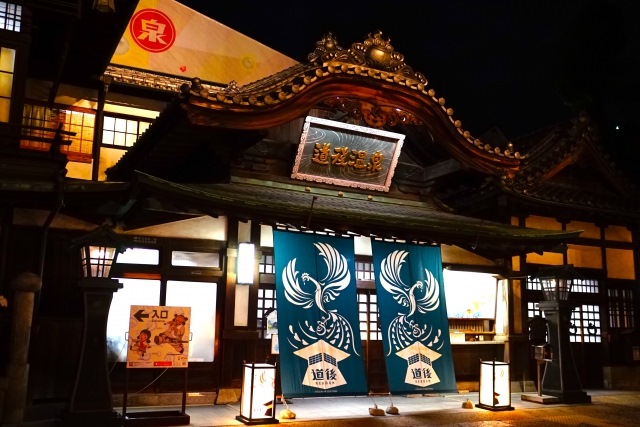
Uwajima Castle (Uwajimajyo)
Built by Todo Takatora from 1596 to 1601 on a hill about 80 meters high in the center of present-day Uwajima city, Uwajima Castle became the residence of the Date clan for nine generations starting from 1615. Originally facing the sea and surrounded by moats, most of these features have since been filled in.
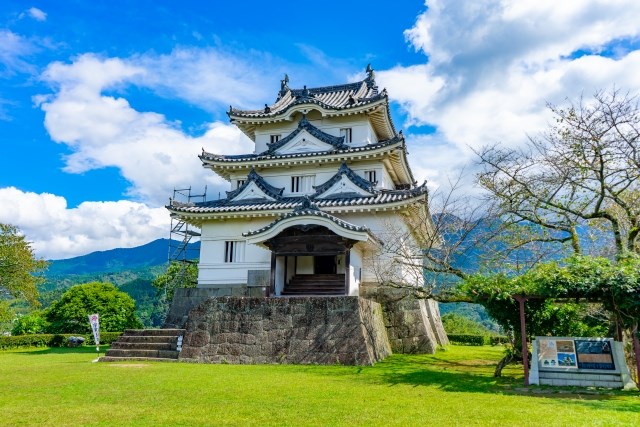
Tensyaen
Located in Uwajima City, Ehime Prefecture, Tensyaen was created in 1672 by the second lord of the Uwajima Domain, Date Munenori, through land reclamation. In 1866, it was completed as the residence of the seventh lord, Date Munenori. The garden features a backdrop of the Onigajyo mountain range, reflecting the beauty of deep mountains and valleys, highlighted by distinctive white wisteria trellises.
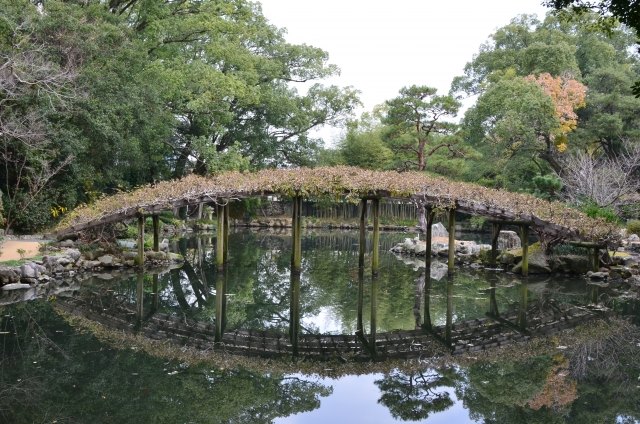
Oosu Castle (Oosujyo)
The Katoh family resided in Ozu Castle for 13 generations. The current keep, a four-story wooden structure standing 19.15 meters tall, was reconstructed based on historical documents and photographs. Initially built in 1331 and demolished during the Meiji period, it was rebuilt in 2004. On the third Saturday of each month, the Ozu Domain rifle squad performs demonstrations with matchlock guns.
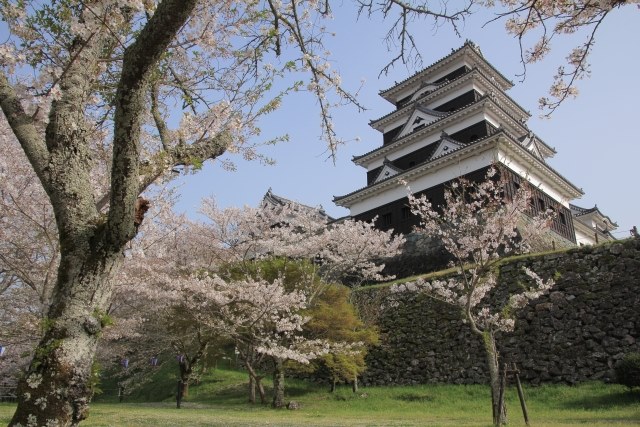
2.Reviews
Mintopia Besshi (Bessi)
Located in the mountains of Niihama City, Besshi Copper Mine, also known as the “Orient’s Machu Picchu,” is a significant industrial heritage site. Operating as a copper mine until its closure in 1930, it features tunnels extending about 700 kilometers, with the deepest point reaching 1,000 meters below sea level. Today, it has been redeveloped into a copper mine theme park, spread over 60,000 square meters, showcasing tourist mines, gold panning experiences, and the remains of an old hydroelectric power plant.
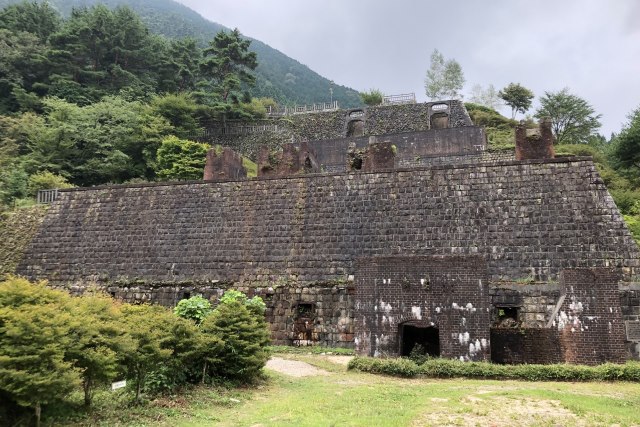
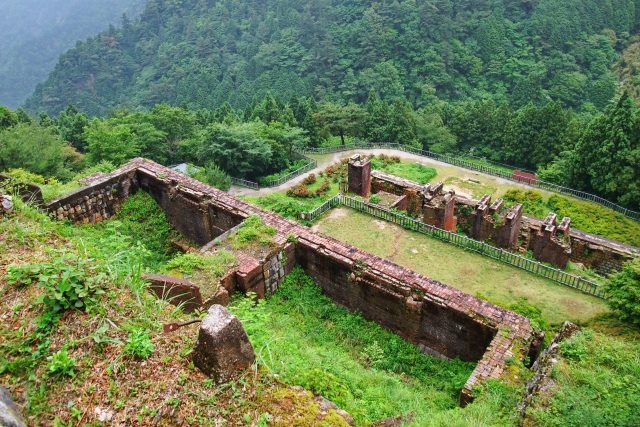
3.Local Food



4.Transportation Information
How to Get to Ehime Prefecture
Official Website of Shikoku Tourism Creation Organization (Available in English, Korean, Simplified Chinese, Traditional Chinese, and French)
https://shikoku-tourism.com/access
5.Map Information
